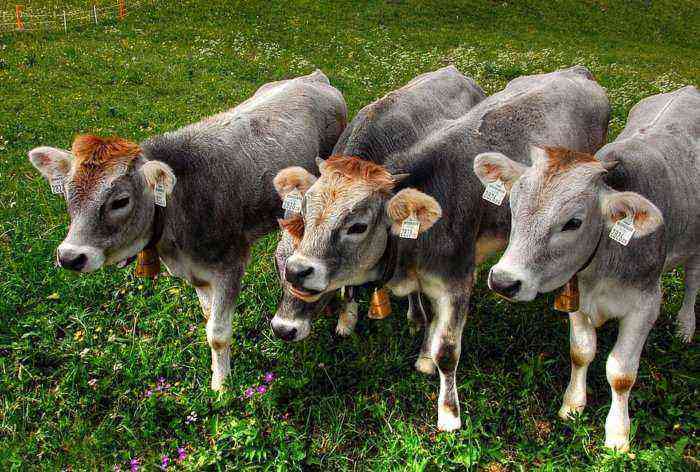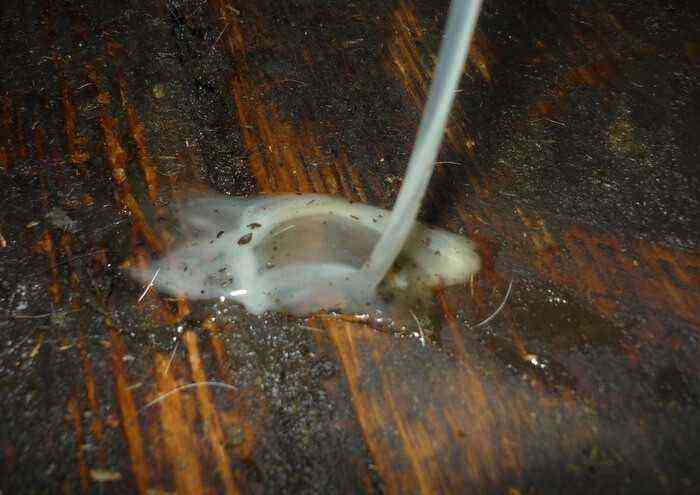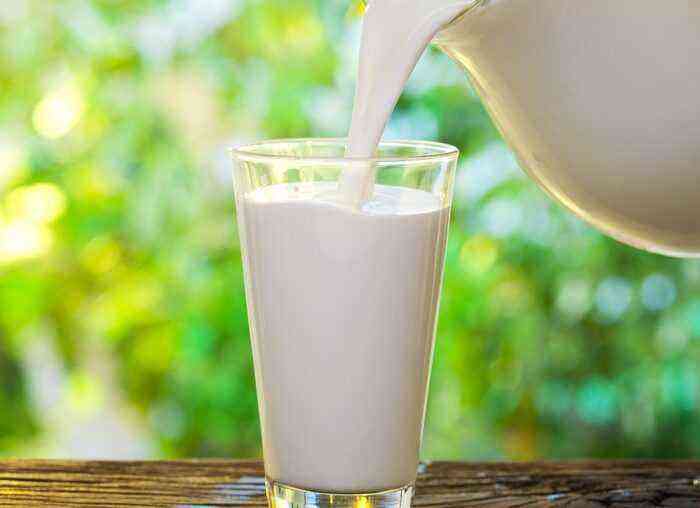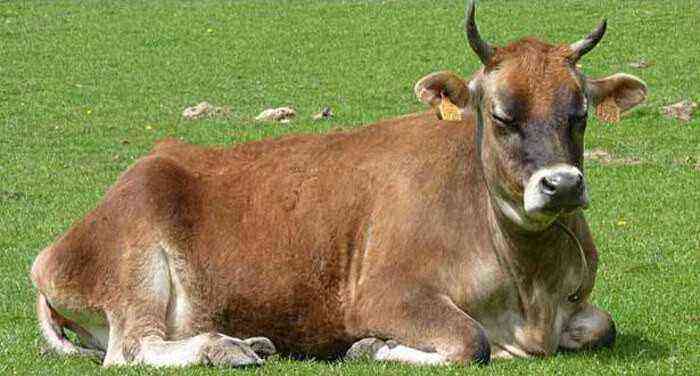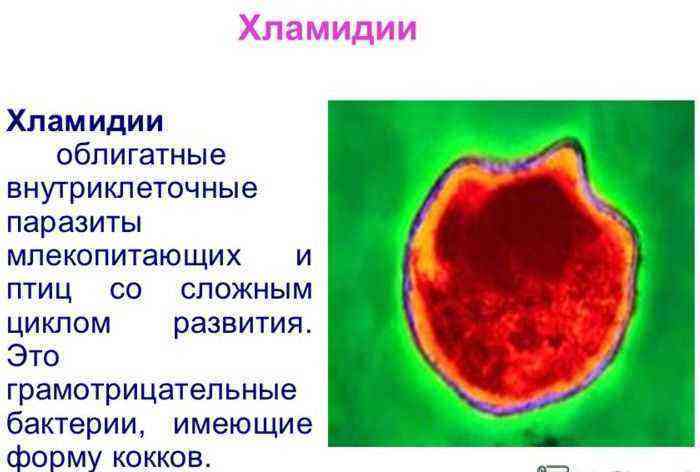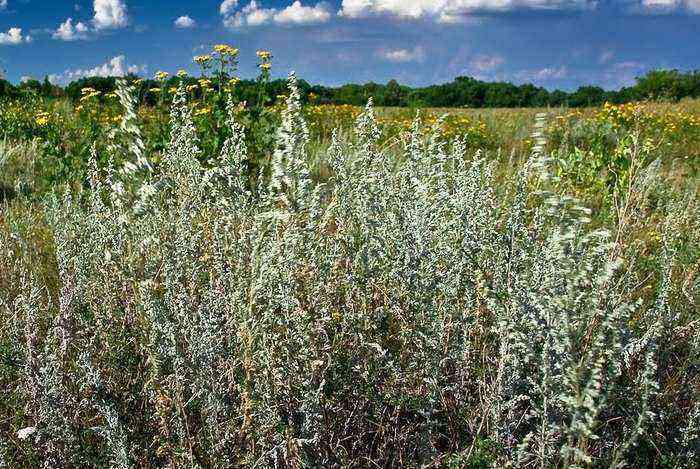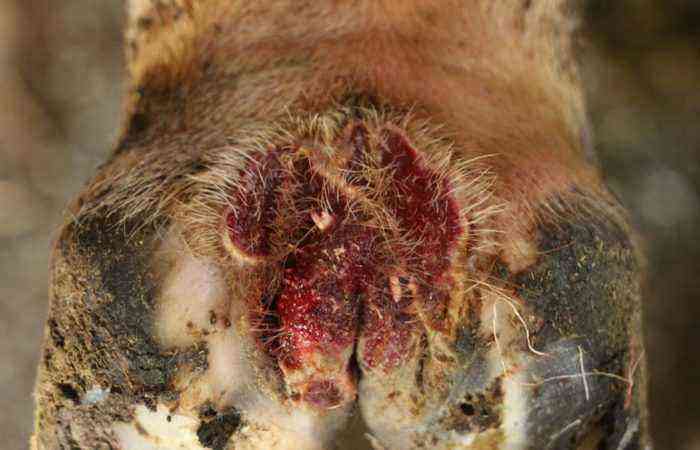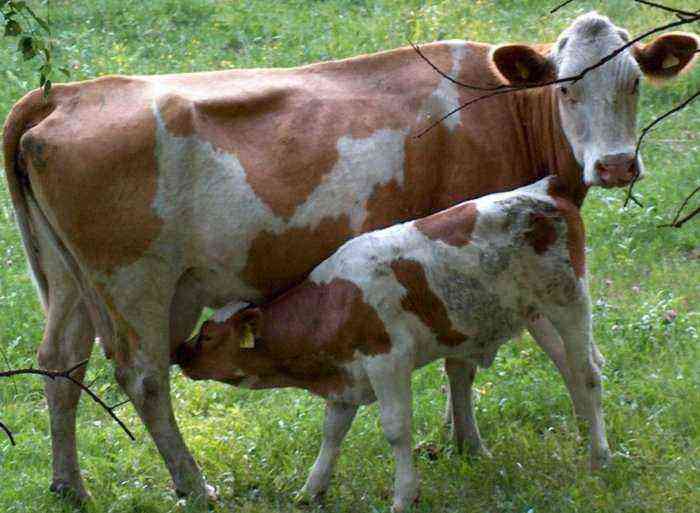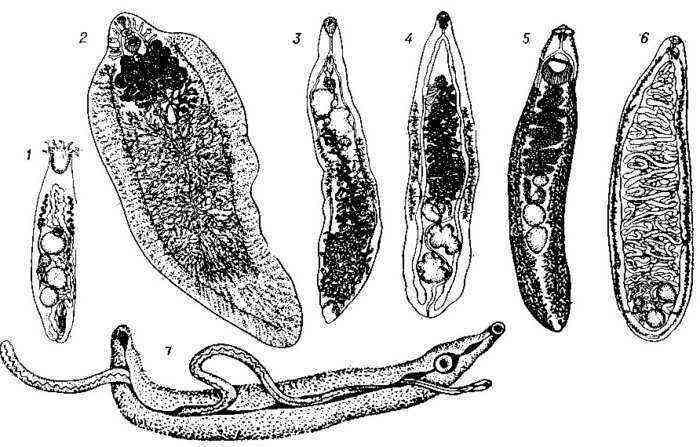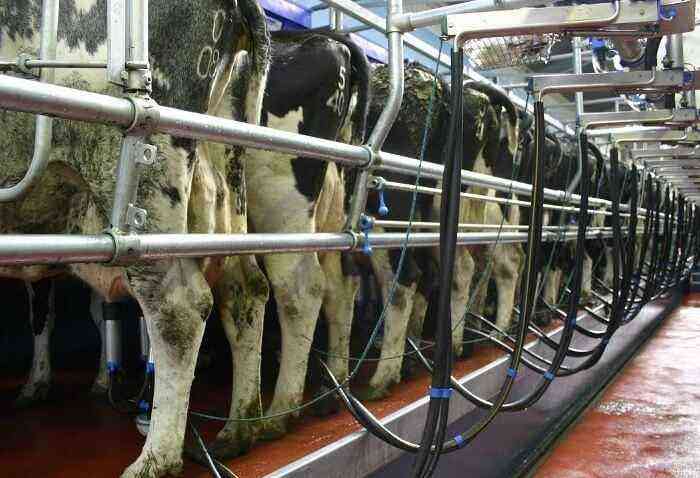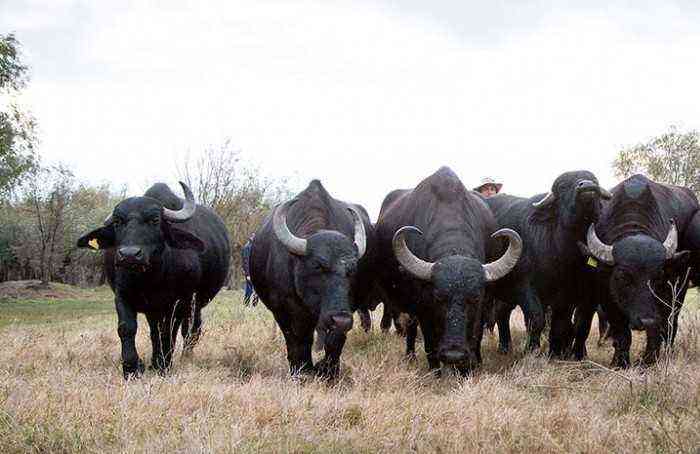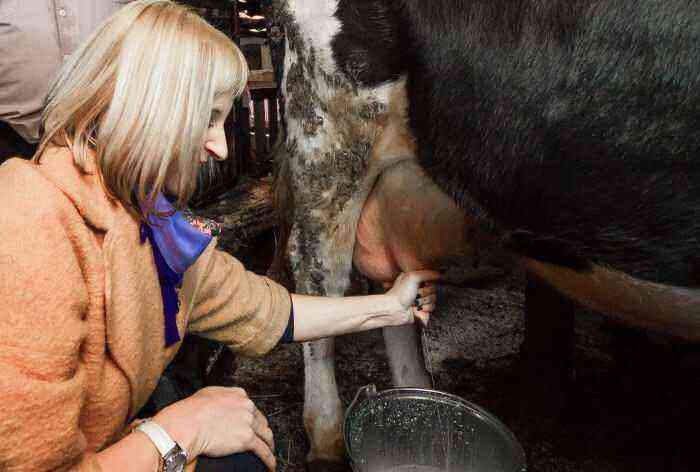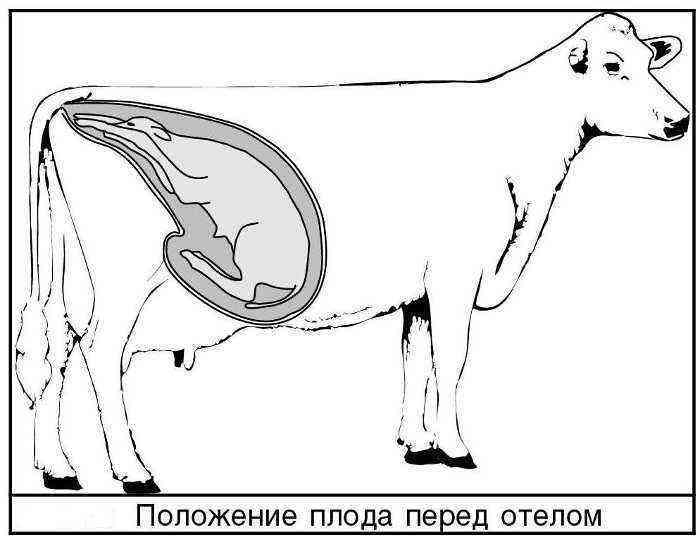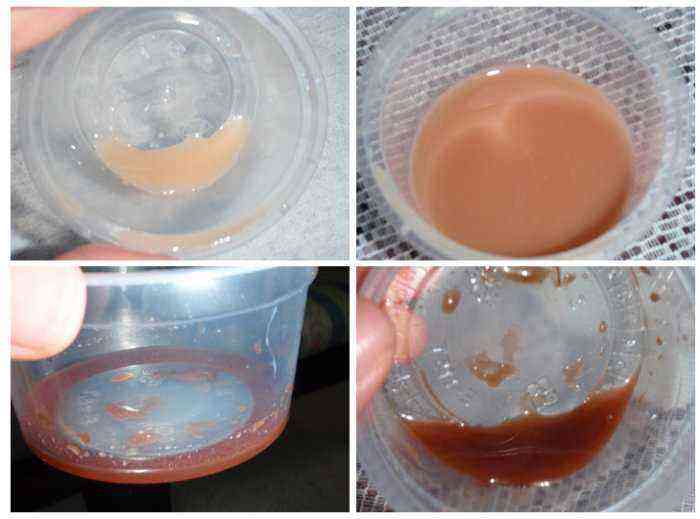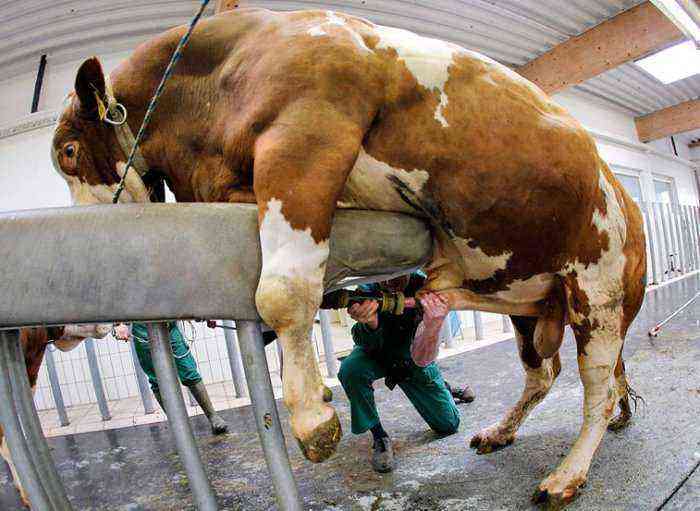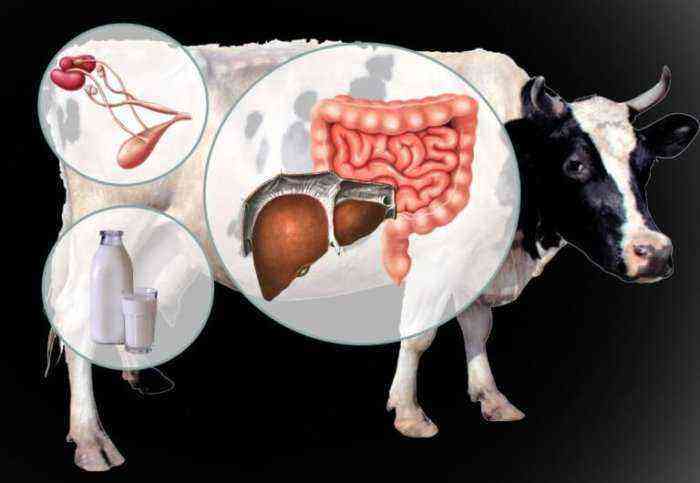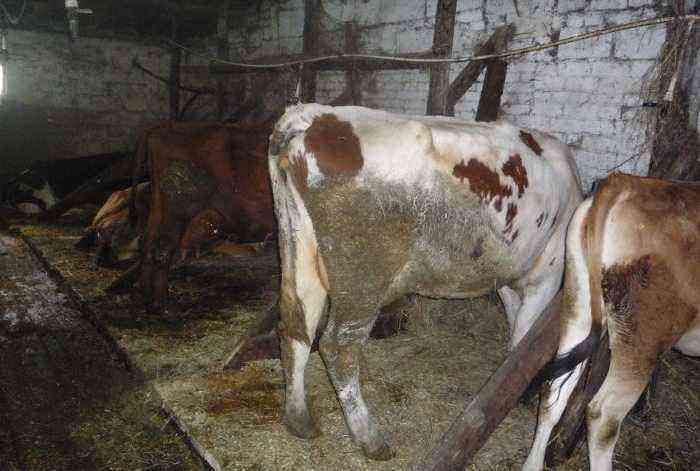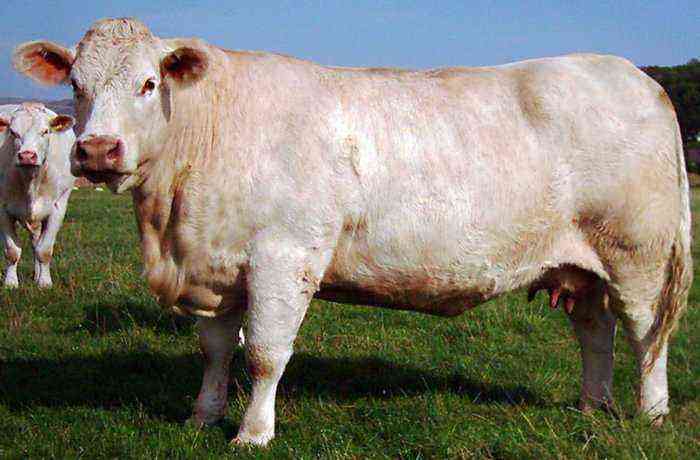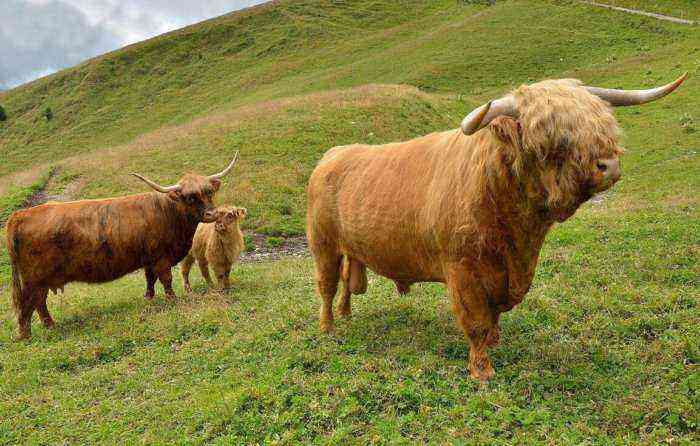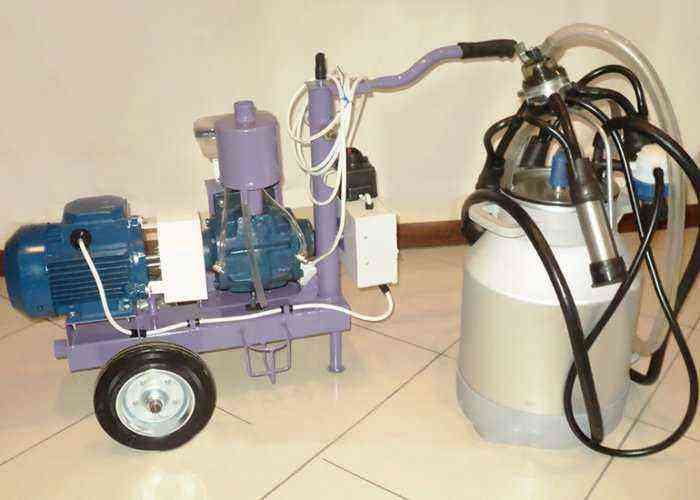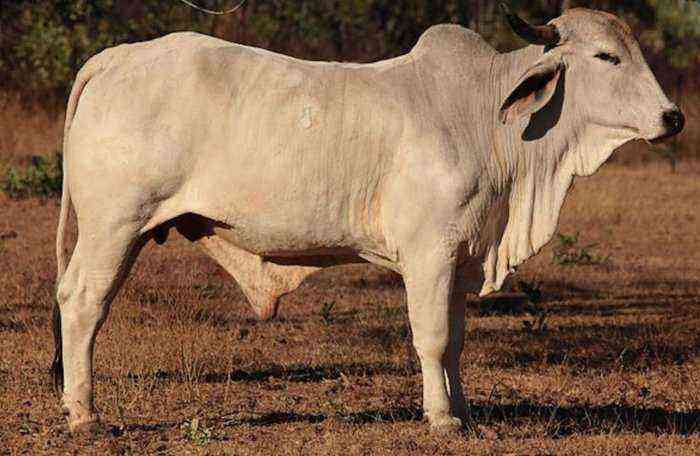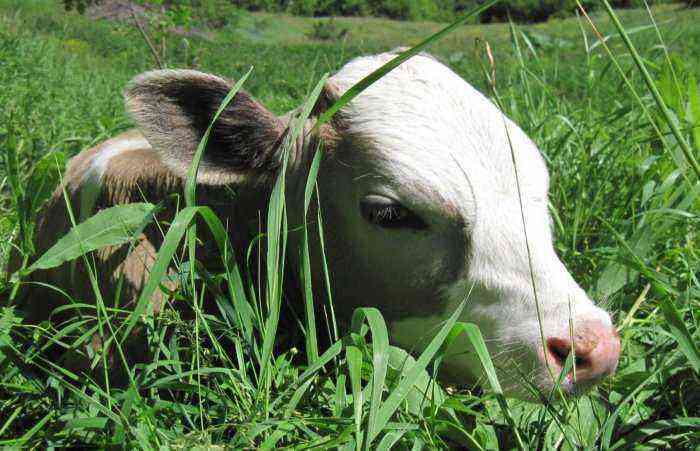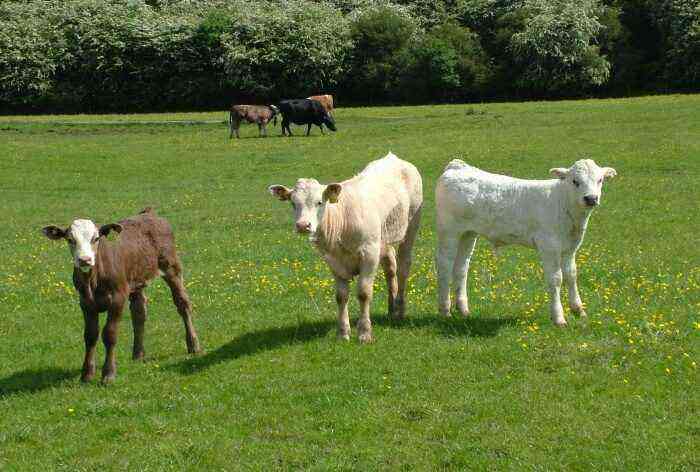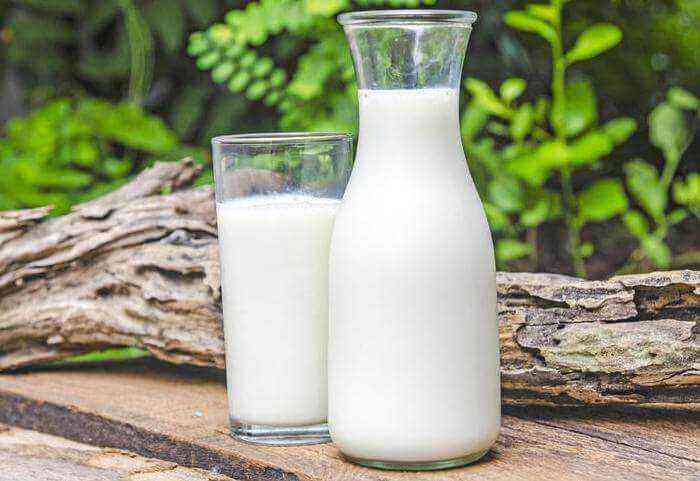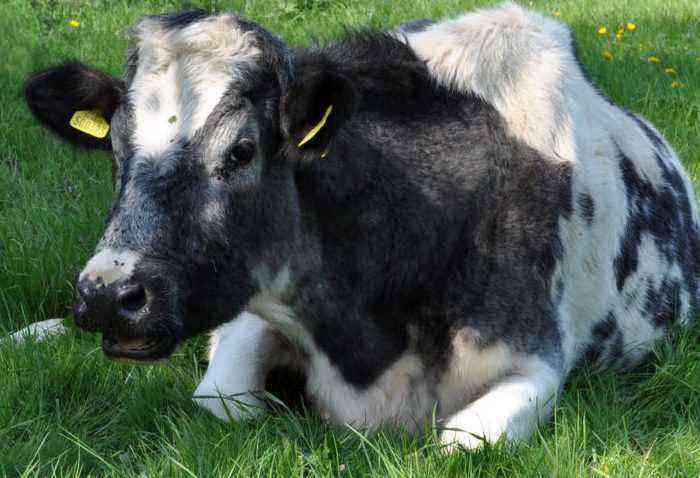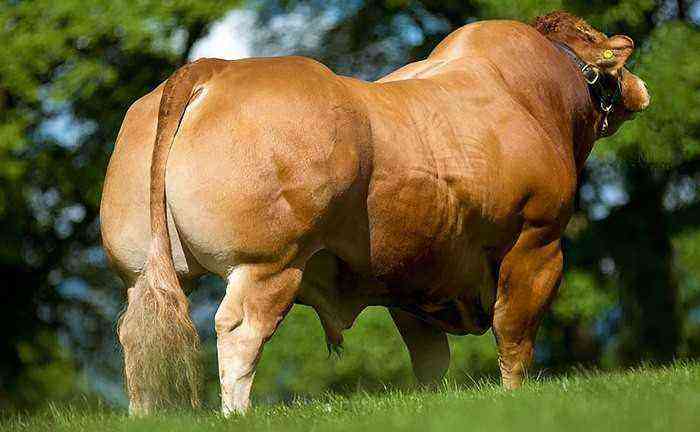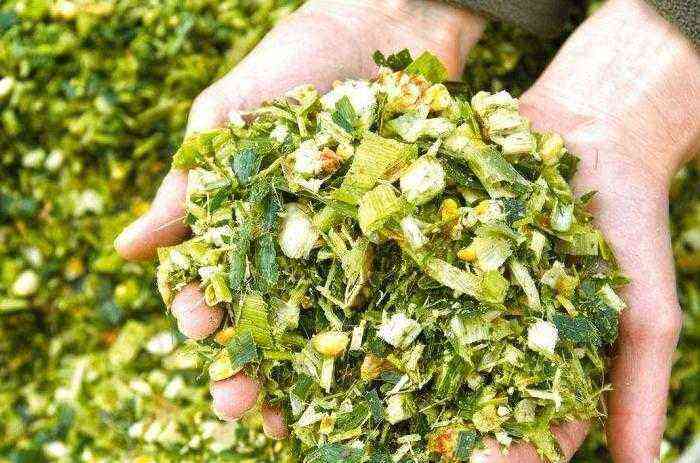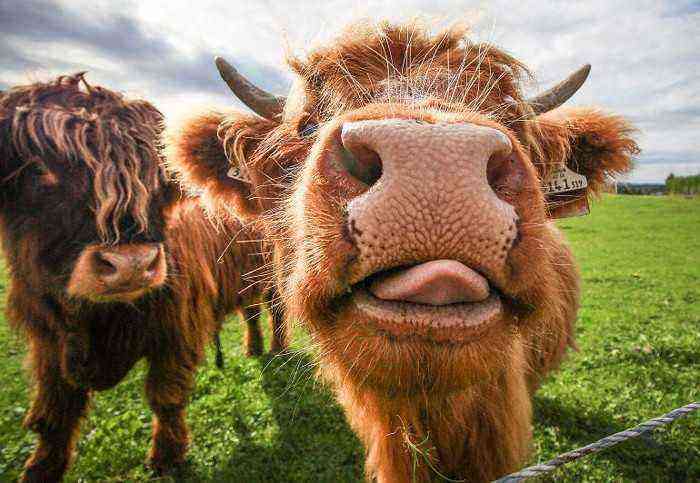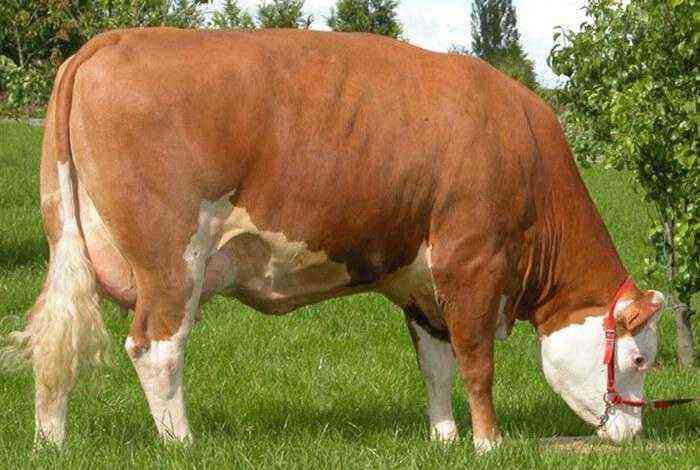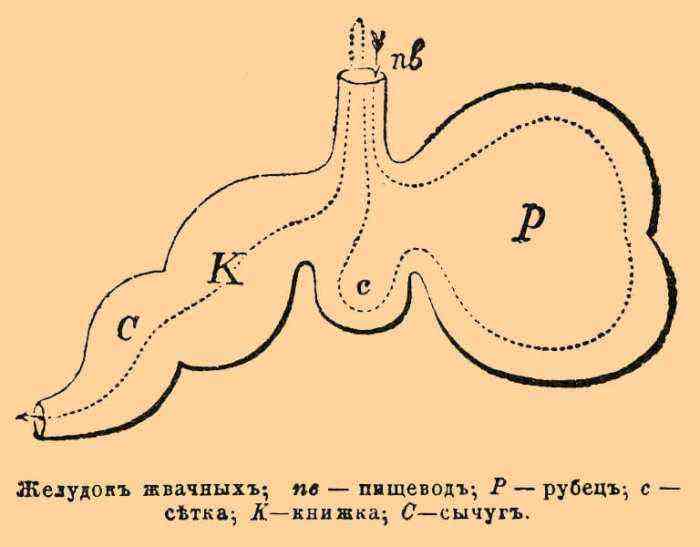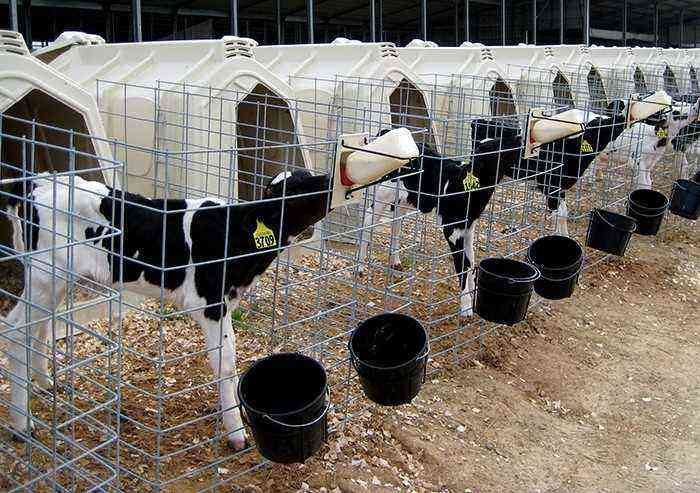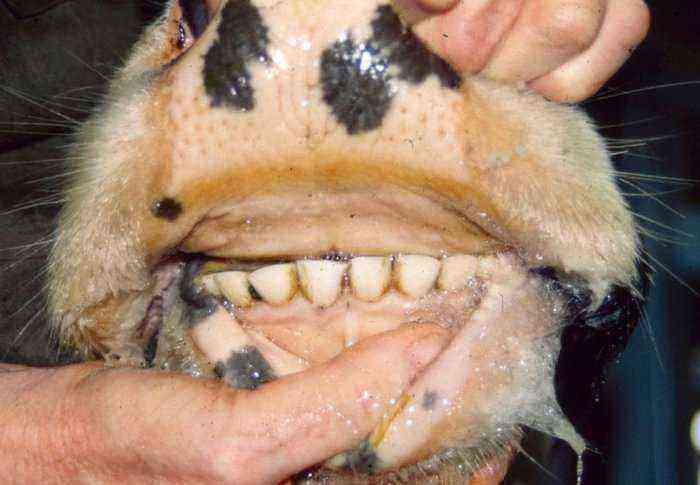Among all varieties of beef cattle, the Hereford breed of cows is considered a reference. Among other breed lines, it is distinguished by a high meat yield, unpretentiousness in terms of feeding, bright taste and delicate texture of marbled beef. But, before you seriously take up breeding, you should carefully familiarize yourself with the main features of these animals.
Hereford cow breed
Characteristics of the breed
Hereford bulls and cows are widely used in breeding work around the world. Therefore, in different countries, the characteristics of the breed may deviate slightly from the norm. But, despite this, nevertheless, there is an official standard that dictates the main features of the exterior and productivity of such cattle.
Origin
The Hereford breed of cows was purposefully bred in the UK. At the same time, the main goal of the breeders was to obtain the largest and most flexible animal that can be used as a source of meat and draft power.
The first calf of the breed line was born in Herefordshire in 1846. In the same year, a stud book of this variety of cattle appeared. The new breed of cattle pleasantly surprised British breeders with its growth rate, rapid adaptation, and high meat productivity. As a result, work to improve it continued.
Of course, breeders from other countries did not disregard such a productive animal. The breed quickly gained popularity in the US and Canada. In the first half of the XNUMXth century, a small livestock was also brought to the USSR. To date, such cows are also raised in New Zealand, Australia and many European countries.
Appearance
Herefords have a pronounced meaty physique and large dimensions. The height of the cow at the withers is 124-150 cm. The oblique length of the body can reach 158 cm. The color of this breed line is exclusively red (in various shades). In this case, the head, sternum and abdominal part are highlighted in white.
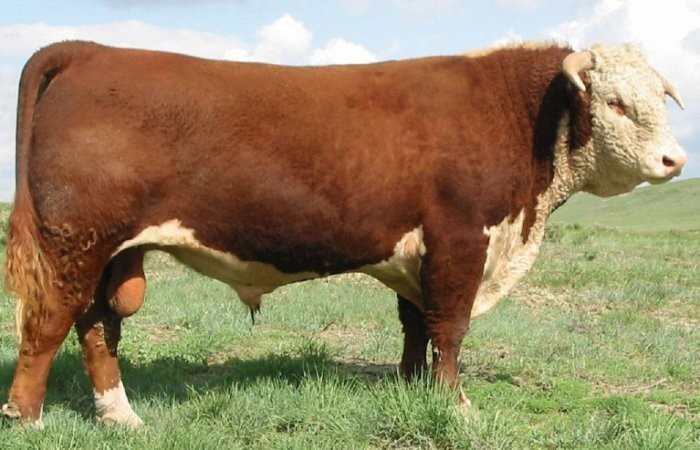
Hereford bull
As for the characteristic features of the constitution of the Hereford cow, these include:
- deep chest (up to 70 cm) with large coverage;
- rectangular massive body with a flat back;
- pronounced muscle mass with a minimal fat layer;
- the neck is small, thick;
- horns are poorly developed;
- the head is rather small in comparison with the body;
- limbs are widely spaced;
- the udder is poorly developed;
- the skin is thin, firm, elastic.
Productivity
The Hereford breed is exclusively a meat variety of cattle. Milk productivity of its representatives, as a rule, does not exceed 1200 kg of milk per year. The fat content of the product is 4%. It is worth noting that getting milk from such a cow is also complicated by the fact that she can react violently to attempts, milking, gets scared and often kicks the milkmaid.
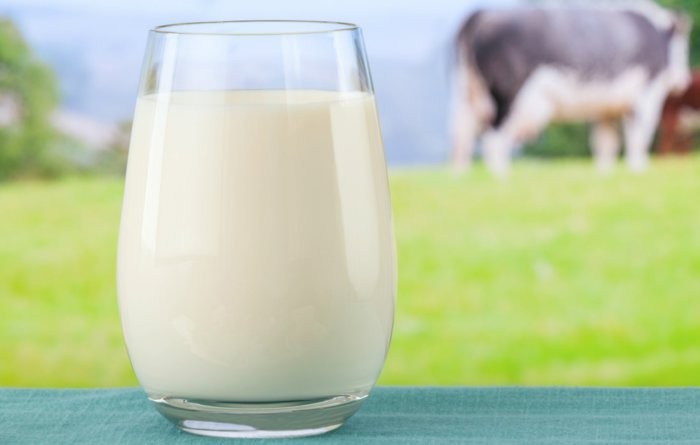
Fatty milk of a cow of this breed
The main value of the animal lies in the high meat productivity. On average, the weight of a cow can reach 550-700 kg. Gobies with proper fattening can gain weight over 1000 kg. The slaughter yield of meat from the carcass is 58-70%. Moreover, Hereford beef is especially valued for its marbling. In terms of the quality of such meat, the breed is considered the second in the world.
The heifer is ready for the first insemination upon reaching the age of 2-3 years. The average weight of a newborn calf is 25 kg. Childbirth in most cases is easy and without complications. At the same time, the cow takes care of the baby herself, as a result of which, special attention from the person is not required.
Reference. Calves of the Hereford breed line grow quite quickly. Their average daily gain is 1100-1300 g. By the age of one year, bulls already reach 400 kg.
Breeding and care
In general, Herefords are unpretentious varieties of livestock. Therefore, they do not require special conditions for their maintenance. The only points to seriously pay attention to are:
- cleanliness in the barn, which must be constantly maintained by regular cleaning;
- separate keeping of heifers, bulls and young animals;
- complete exclusion of drafts in the room;
- lack of moisture.
To the main list, you can add content exclusively on a warm thick litter, maintaining a constant temperature regime. When keeping a large livestock, it is necessary to organize regular periodic examinations of animals by a veterinarian. It is also mandatory to ensure constant access to clean water.
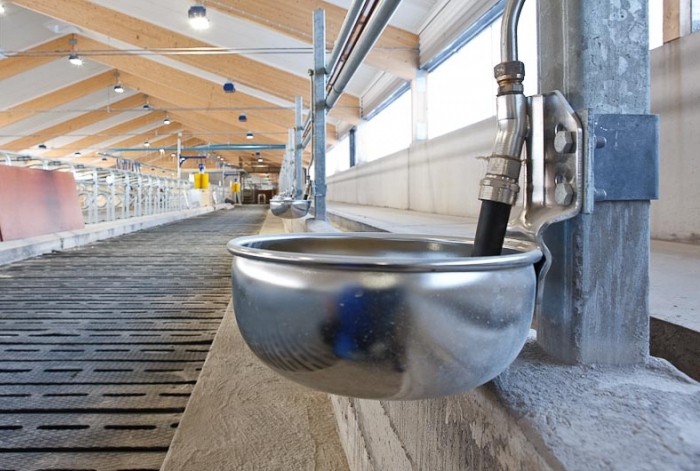
Ensure constant access to clean water
Feeding
The unpretentiousness of such cattle is also manifested in feeding. In summer, the lion’s share of the diet is green grass from pastures. In the cold period, it is replaced with hay. To obtain more quality beef, the livestock diet must be supplemented with:
- concentrates (barley and legumes are best);
- beets, which have a beneficial effect on digestion;
- mineral supplements (especially calcium and phosphorus).
Also, a good result can be achieved if supplements containing a large amount of digestible protein are introduced into the diet.
As for the young, up to 3 months of age, the mother completely provides all the nutrients, feeding it with milk. In general, weaning is carried out at approximately 8 months. By that time, the calf is already gaining 200 kg of weight.
The offspring should be transferred to new feed gradually. As a rule, young animals are accustomed to hay from the 15th day of life, gradually increasing its amount. It is extremely important to supplement the main diet of calves with mineral and vitamin supplements. All of the listed feeds are fed to babies in a separate, specially prepared pen, where adult cows cannot get.

Hay
Advantages
As already noted, Herefords are one of the most popular meat varieties of cattle in the world. And the following advantages of the breed contribute to such demand among breeders:
- high endurance, thanks to which the herd easily withstands long transitions to grazing and back;
- rapid adaptation to different types of climate;
- long life expectancy, which averages from 15 to 18 years;
- lack of special requirements for keeping and feeding livestock;
- calm disposition, which simplifies the care of the animal and cohabitation with other pets;
- high-quality meat, which is highly valued all over the world;
- high slaughter yield of meat product;
- rapid puberty of heifers.
Important! Among the advantages of the breed, it is also necessary to include the developed maternal instinct of the cow and the absence of complications during calving. In addition, if young animals are kept warm and on clean bedding, their survival rate is 95-98%.
Conclusion
The Hereford cow is excellent for both domestic and large-scale industrial breeding. Due to a wide range of advantages, many domestic and foreign breeders acquire it in their farms. But, despite the unpretentiousness of the animal, one should not treat its content too carelessly. Otherwise, it will not be possible to reach the maximum productivity of livestock.
